Debris Flow: Causes, Effects, and Mitigation Strategies
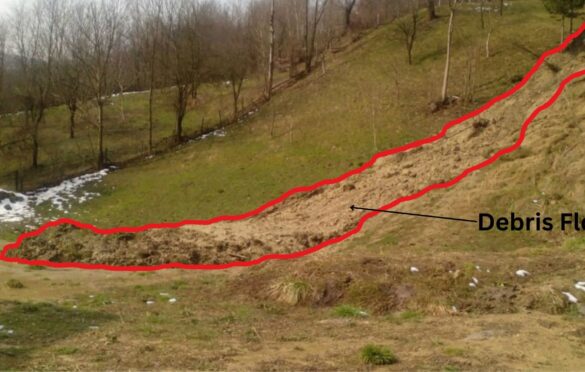
Introduction
Debris flow, also known as mudflow, is a geologic phenomenon that can have devastating consequences for communities and landscapes.
In this comprehensive guide, we will explore the causes, effects, and mitigation strategies related to debris flow. By the end of this article, you’ll have a thorough understanding of this natural hazard and how to stay safe in affected areas.
What is Debris Flow?
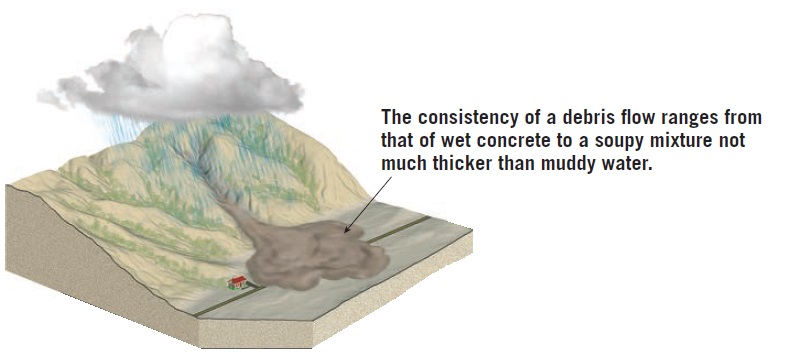
Debris flow is a rapid downhill movement of a mixture of water, sediment, and debris, often triggered by heavy rainfall or rapid snowmelt. This natural hazard can occur in various landscapes, from mountainous regions to coastal areas. Understanding its causes and effects is crucial for both geologists and residents of vulnerable regions.
Causes of Debris Flow
Debris flow typically occurs due to a combination of factors. Here are some of the primary causes:
1. Heavy Precipitation
- Rainfall: Prolonged and heavy rainfall can saturate the soil, increasing the risk of debris flow.
- Snowmelt: Rapid melting of snow can lead to an influx of water, contributing to debris flow.
2. Steep Terrain
- Mountainous Regions: Areas with steep slopes are more susceptible to debris flow, as gravity plays a significant role in its initiation.
3. Geological Conditions
- Loose Soil: Loose, unconsolidated soil is more prone to erosion and detachment during heavy rainfall.
- Rockfall: The presence of loose rocks and boulders can amplify the destructive potential of debris flow.
4. Human Activities
- Deforestation: Removing trees and vegetation can destabilize soil and increase the likelihood of debris flow.
- Urbanization: Construction and land development in vulnerable areas can exacerbate the impact of debris flow.
Effects of Debris Flow
Debris flow can have severe consequences for both the environment and human settlements. Some of the notable effects include:
1. Property Damage
- Structural Damage: Debris flow can destroy buildings, bridges, and roads in its path.
- Sediment Accumulation: Sediment deposition can damage infrastructure and block waterways.
2. Loss of Life
- Fatalities: Debris flow incidents often result in casualties, making it a significant public safety concern.
3. Environmental Impact
- Erosion: Debris flow can erode topsoil, affecting vegetation and wildlife.
- Water Quality: Sediment-laden water can harm aquatic ecosystems and water quality.
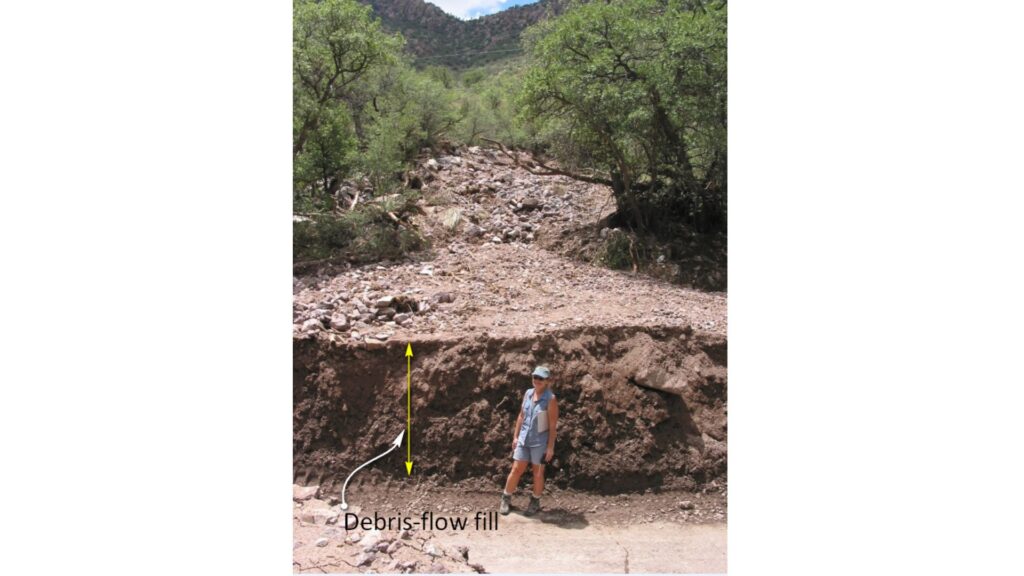
Debris Flow Mitigation Strategies
Preventing and mitigating debris flow is essential to minimize its impact. Here are some strategies to consider:
1. Early Warning Systems
- Monitoring: Install sensors to detect rainfall intensity and soil saturation levels.
- Community Alerts: Develop communication systems to notify residents in at-risk areas.
2. Vegetation Management
- Riparian Buffers: Plant trees and shrubs along watercourses to stabilize soil and reduce erosion.
- Defensible Space: Promote defensible space around homes to limit debris flow damage.
3. Engineering Solutions
- Debris Basins: Construct debris basins or catchment structures to capture and control debris flow.
- Retaining Walls: Build retaining walls to redirect or contain debris flow.
4. Land-Use Planning
- Zoning Regulations: Enforce zoning regulations that restrict construction in high-risk areas.
- Land Acquisition: Consider buying and preserving land in vulnerable zones.
Case Studies
1. Oso, Washington (2014)
In March 2014, a devastating debris flow in Oso, Washington, resulted in the loss of 43 lives and significant property damage. The incident highlighted the importance of understanding and managing debris flow risks in vulnerable regions.
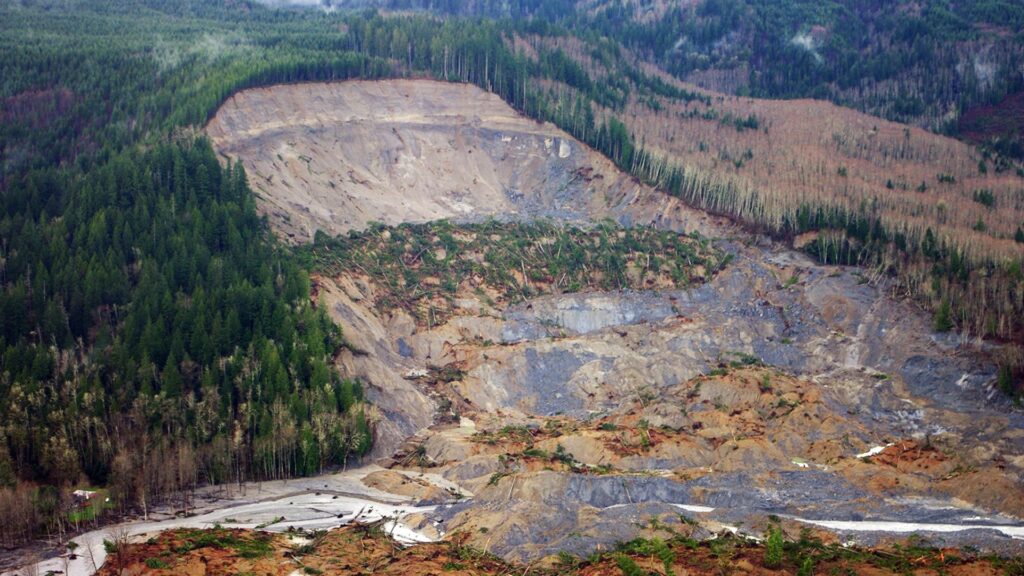
2. Montecito, California (2018)
The debris flow that struck Montecito in January 2018, following the Thomas Fire, showcased the challenges of mitigating debris flow in urbanized areas with steep terrain. It resulted in 23 fatalities and considerable destruction.
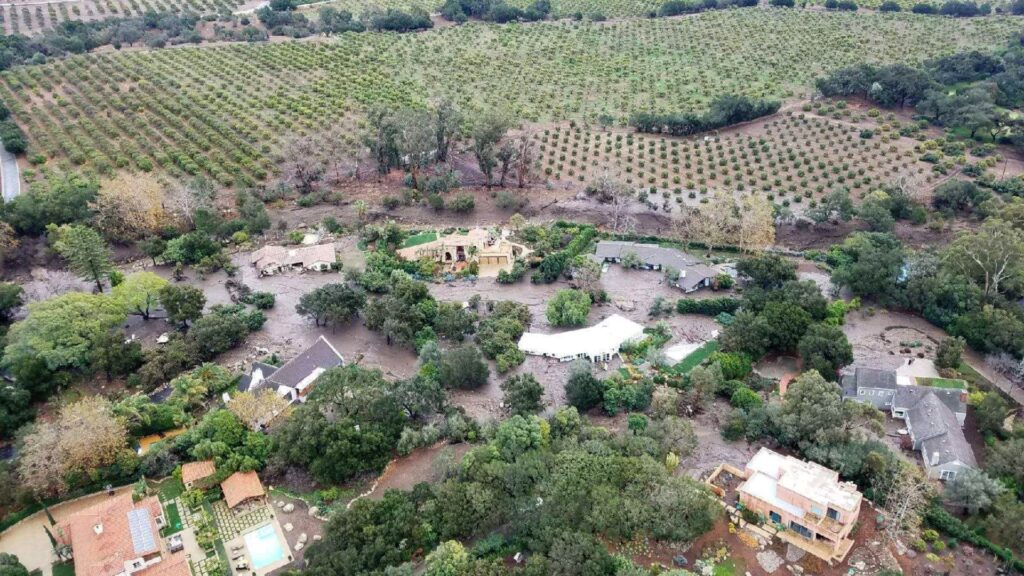
Conclusion
Debris flow is a natural hazard that can have catastrophic consequences. Understanding its causes and effects is the first step toward effective mitigation. By implementing early warning systems, vegetation management, engineering solutions, and land-use planning, communities can reduce the risks associated with debris flow. Stay informed and take proactive measures to protect yourself and your community from this geologic threat.
Remember that staying informed and prepared is crucial in regions prone to debris flow. By implementing the mitigation strategies discussed in this article, communities can reduce the risks and minimize the impact of this geologic hazard.
